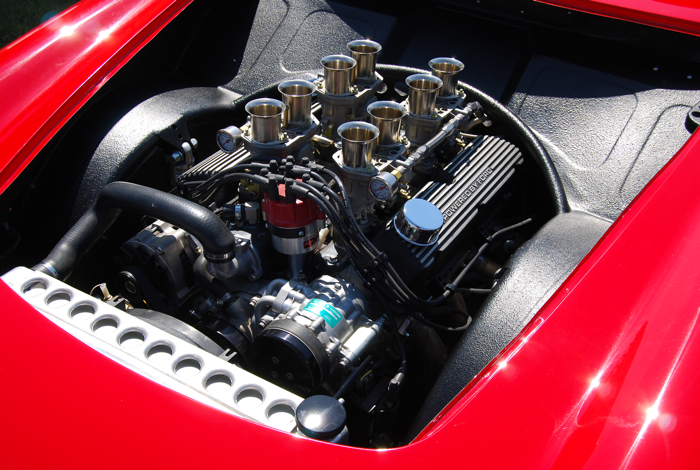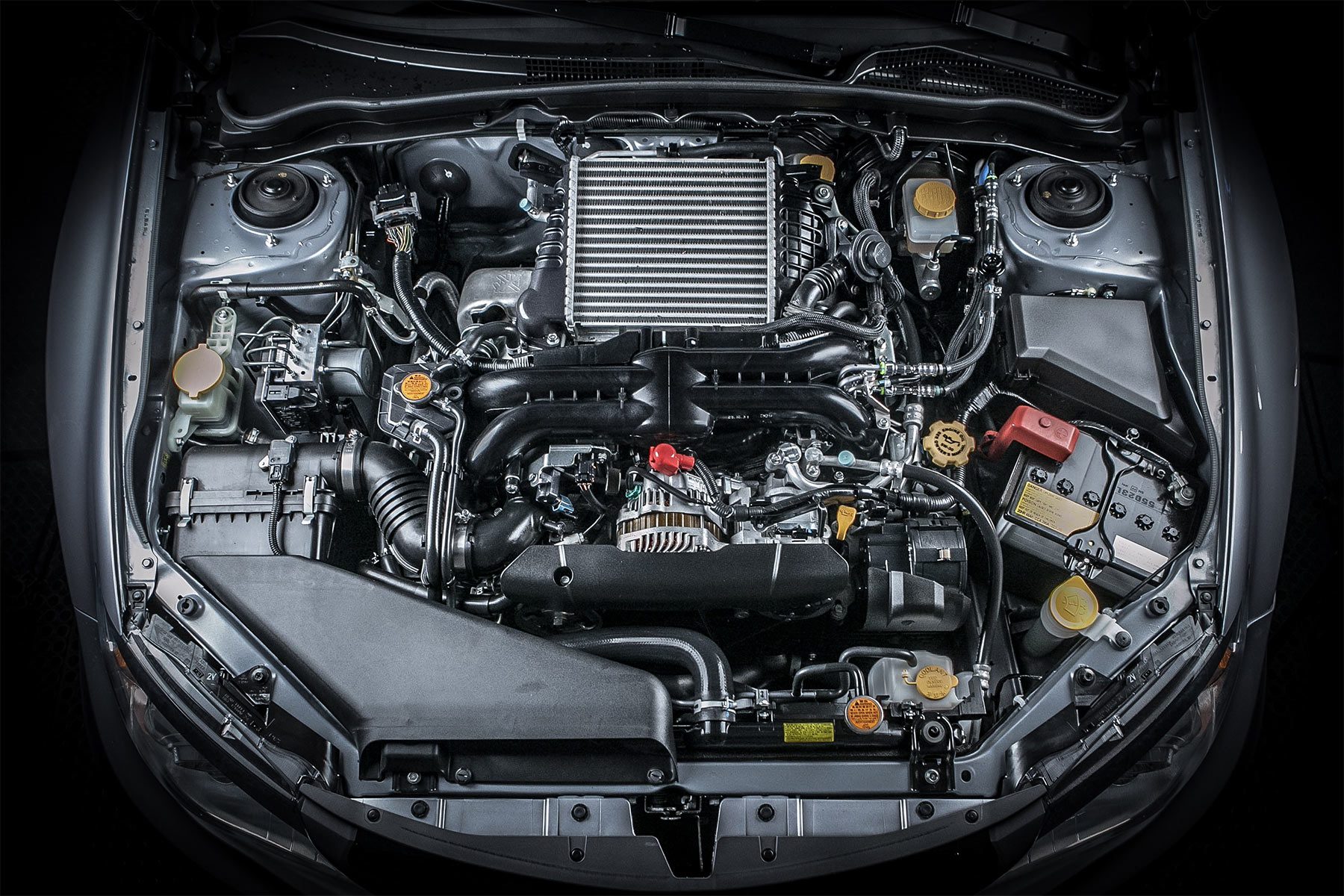Opel Corsa Engine: Common Issues and How to Fix Them
Opel Corsa Engine: Common Issues and How to Fix Them
Blog Article
Reliable and Powerful Tiny Automobile Motor Performance Evaluation
Analyzing the performance of little car motors is a nuanced task that requires an eager eye for detail and a deep understanding of vehicle engineering concepts. By taking a look at vital metrics such as horsepower and torque, as well as reviewing fuel efficiency, we can discover insights into how small cars and truck engines can be optimized for peak performance.

Tiny Vehicle Electric Motor Performance Metrics
In analyzing the performance of tiny auto motors, essential metrics such as velocity, fuel effectiveness, and power result play an essential role in determining their overall effectiveness and suitability for different driving conditions. Acceleration, measured in secs from 0 to 60 miles per hour, indicates how promptly a tiny auto can reach greater rates, which is crucial for merging onto highways or surpassing various other cars. Gas efficiency, generally measured in miles per gallon (MPG), mirrors just how far a tiny car can take a trip on a gallon of gas, influencing running costs and environmental sustainability. Power outcome, shared in horse power (HP) or kilowatts (kW), symbolizes the engine's ability to generate the necessary force to propel the vehicle, influencing its performance in different roadway problems. By assessing these efficiency metrics thoroughly, suppliers, drivers, and automotive lovers can make enlightened decisions concerning the selection and optimization of tiny auto electric motors to meet their specific requirements and choices.

Horse Power and Torque Evaluation
With a fundamental duty in understanding small auto electric motor horsepower, efficiency and torque evaluation supplies understanding right into the engine's power delivery features. Horse power is a measurement of the engine's capacity to do work over time, standing for the rate at which job is done. In the context of tiny cars and truck motors, horsepower is essential for determining velocity, full throttle, and total efficiency. Torque, on the other hand, gauges the engine's rotational pressure, showing its ability to get rid of resistance. Small car engines with greater torque values usually feel much more receptive and offer much better acceleration, making them ideal for city driving and overtaking maneuvers. When assessing horsepower and torque in small automobile electric motors, it is vital to consider just how these metrics communicate to supply a balanced and effective driving experience. By understanding the connection between horse power and torque, auto engineers can maximize engine performance to satisfy the specific demands of small cars and truck applications.
Fuel Performance Evaluation
The analysis of gas efficiency in tiny car electric motors plays an important function in determining their ecological and economic influence. In tiny cars and truck motors, where compact dimension commonly correlates with far better fuel economy, numerous elements influence effectiveness.
To examine fuel performance, metrics such as miles per gallon (MPG) are generally made use of. This measurement indicates the distance a car can take a trip each of gas. Tiny vehicle electric motors that attain greater MPG ratings are taken into consideration extra fuel-efficient, leading to cost financial savings for chauffeurs and reduced discharges that profit the atmosphere. Suppliers continually aim to enhance gas effectiveness through improvements in engine technology, lightweight products, and aerodynamic styles.

Maximizing Little Car Engine Efficiency
Enhancing the efficiency of small vehicle engines is vital in making best use of efficiency and minimizing operational prices. Optimizing little car engine performance entails a holistic technique that takes into consideration numerous aspects such as engine style, fuel management systems, and overall car dynamics. One crucial facet of optimizing engine performance is guaranteeing appropriate upkeep timetables are adhered to, including regular oil adjustments, filter substitutes, and stimulate plug inspections. In addition, adjusting the engine to operate at its peak efficiency can substantially boost total efficiency.
One more crucial aspect in optimizing little auto engine efficiency is the application of innovative innovations such as turbocharging or crossbreed systems. These innovations can enhance power outcome without jeopardizing fuel effectiveness, giving an equilibrium between performance and economic climate. Enhancing engine efficiency additionally involves enhancing combustion effectiveness, decreasing frictional losses, and boosting thermal monitoring systems.
Future Trends in Small Vehicle Motors
Due to advancing vehicle modern technologies and the continual search of optimal small vehicle engine performance, an expedition of future patterns in little vehicle motors ends up being important - opel corsa engine. One famous fad coming up is the enhancing combination of electrical powertrains in tiny vehicles. As the vehicle sector changes in the direction of sustainability and lowered emissions, more little cars and truck suppliers are spending in electric motor technology to boost performance and ecological kindness
One more significant trend is the development of smaller sized yet much more effective turbocharged engines for small vehicles. By scaling down engine capacities and including turbocharging technology, car manufacturers can accomplish higher power outputs while keeping gas effectiveness. This trend straightens with the expanding consumer demand for small vehicles that deliver a dynamic driving experience without endangering on gas economic climate.
Furthermore, the emergence of crossbreed powertrains in little vehicles is expected to gain grip in the future. Hybrid systems offer the benefits of both inner burning engines and electric motors, giving enhanced performance and gas efficiency. As innovations in battery innovation continue, tiny vehicle motors are likely to end up being much more reliable and powerful, providing to the developing requirements of customers and regulative needs for cleaner transportation remedies.
Final Thought
Finally, the evaluation of small cars and truck motor efficiency metrics such as horsepower, torque, and gas efficiency is important in optimizing engine performance. By reviewing these variables, suppliers can improve the general performance and power result of small cars and truck electric motors (opel corsa engine). Future trends in little car motors are likely to concentrate useful link on boosting performance while maintaining fuel effectiveness, making certain that small automobiles proceed to be a cost-effective and trusted choice for consumers
By taking a look at key metrics such as horse power and torque, as well as reviewing gas efficiency, we can reveal understandings into how tiny automobile engines can be enhanced for peak performance. Enhancing little cars and truck engine performance includes an all natural approach that considers different aspects such as engine layout, gas monitoring systems, and overall vehicle characteristics.In light of advancing auto innovations and the continuous quest of optimum small car engine efficiency, an expedition of future web fads in little automobile electric motors ends up being critical.In conclusion, the analysis of little car motor efficiency metrics such as torque, horsepower, and fuel efficiency is necessary in maximizing engine performance. Future patterns in tiny vehicle find out motors are most likely to focus on improving efficiency while maintaining gas performance, making sure that little vehicles continue to be a cost-effective and reliable selection for consumers.
Report this page